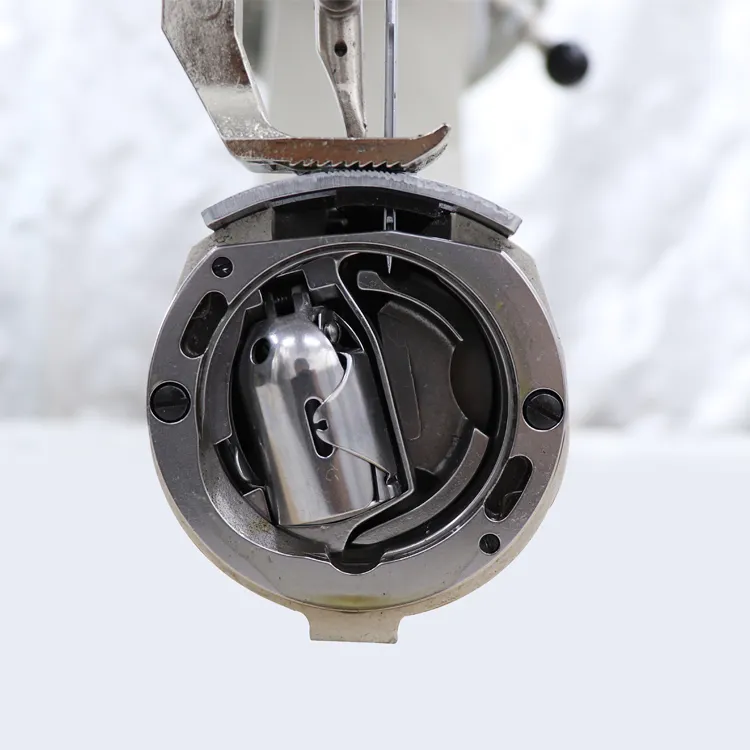A Beginner's Guide to Sewing Leather Projects with Ease and Confidence
Leather Sewing for Beginners A Comprehensive Guide
Leatherworking is an ancient craft that has gained immense popularity among craft enthusiasts and hobbyists alike. It allows individuals to express their creativity while creating functional and durable items. If you’re new to leather sewing, this guide will help you navigate the essentials to get started.
Understanding Leather
Before diving into the sewing process, it's crucial to understand the different types of leather. Common varieties include full-grain, top-grain, genuine leather, and suede. Full-grain leather is the highest quality as it retains the natural grain and markings of the hide, while suede is softer and has a textured finish. For beginners, it's recommended to start with a smaller project using vegetable-tanned leather, which is easy to work with and molds well.
Essential Tools and Materials
To start your leather sewing journey, you'll need some basic tools and materials
1. Leather Choose a piece suitable for your project. 2. Cutting tools A rotary cutter, utility knife, or leather scissors will work. 3. Cutting mat A soft surface to protect your working area. 4. Ruler and straightedge For accurate measurements and straight cuts. 5. Awl Used for marking and punching holes in leather. 6. Needles Use leather or heavy-duty needles designed for thicker materials. 7. Thread Opt for waxed thread, which is durable and easier to work with. 8. Pliers Helpful for pulling the needle through tough leather. 9. Burnishing tool For finishing the edges of your leather pieces.
Preparing Your Leather
Proper preparation is key to a successful leather sewing project. Begin by measuring and cutting your leather pieces according to your design. Use a ruler and straightedge to ensure your cuts are precise. Once cut, mark your stitch line using an awl to guide where you’ll be punching holes. This will help keep your stitches even and straight.
leather sewing for beginners

Punching Holes
Using a leather hole punch, create evenly spaced holes along the stitch line. The distance between holes is usually around 1/8 inch, but this can vary based on the thickness of your leather and desired finish. It’s essential to punch straight through the leather to avoid tearing. This step is vital, as it sets the foundation for neat stitching.
Stitching Techniques
There are various stitching techniques in leatherwork, but for beginners, the saddle stitch is highly recommended. This method uses two needles and provides a strong and durable seam. Here’s a simple guide to saddle stitching
1. Start by threading two needles with waxed thread. The length of the thread should be about three times the length of the seam. 2. Insert one needle through the first hole from the outside to the inside of the leather, leaving a tail of thread outside. 3. Pull the thread until you have equal lengths on both sides. 4. With the second needle, go through the same hole you just used, but from the inside to the outside. 5. Continue this process through the remaining holes, alternately pulling each needle through, until you reach the end. 6. Tie a secure knot and trim excess thread.
Finishing Touches
Once your stitching is complete, it’s time to finish your project. Use a burnishing tool on the edges of your leather to smooth out and seal the edges, giving it a polished look. You can also apply leather conditioner to maintain its suppleness and shine.
Conclusion
Leather sewing is a rewarding hobby that combines creativity with craftsmanship. By understanding the materials, tools, and techniques, beginners can quickly get started and create beautiful leather items. As you gain experience, feel free to experiment with different stitches, designs, and leather types. The possibilities in leatherwork are endless, and with a bit of practice, you’ll soon be able to make everything from wallets to bags, belts, and more. So gather your supplies, follow these tips, and embark on your leather sewing adventure today!
-
Industrial Cylinder Arm Sewing Machine: Revolutionizing Heavy-Duty SewingNewsJul.28,2025
-
Cylinder Arm Sewing Machine: Perfect for Special Sewing ApplicationsNewsJul.28,2025
-
Cylinder Bed Sewing Machine: Essential for Sewing Complex MaterialsNewsJul.28,2025
-
Heavy Duty Sewing Machine: The Essential Tool for Industrial ApplicationsNewsJul.28,2025
-
Computerized Pattern Sewing Machine: Revolutionizing Precision StitchingNewsJul.28,2025
-
Heavy Duty Industrial Sewing Machine: Power Meets PrecisionNewsJul.28,2025
-
Leather Sewing Machine: The Industrial Standard for Tough MaterialsNewsJul.18,2025





























